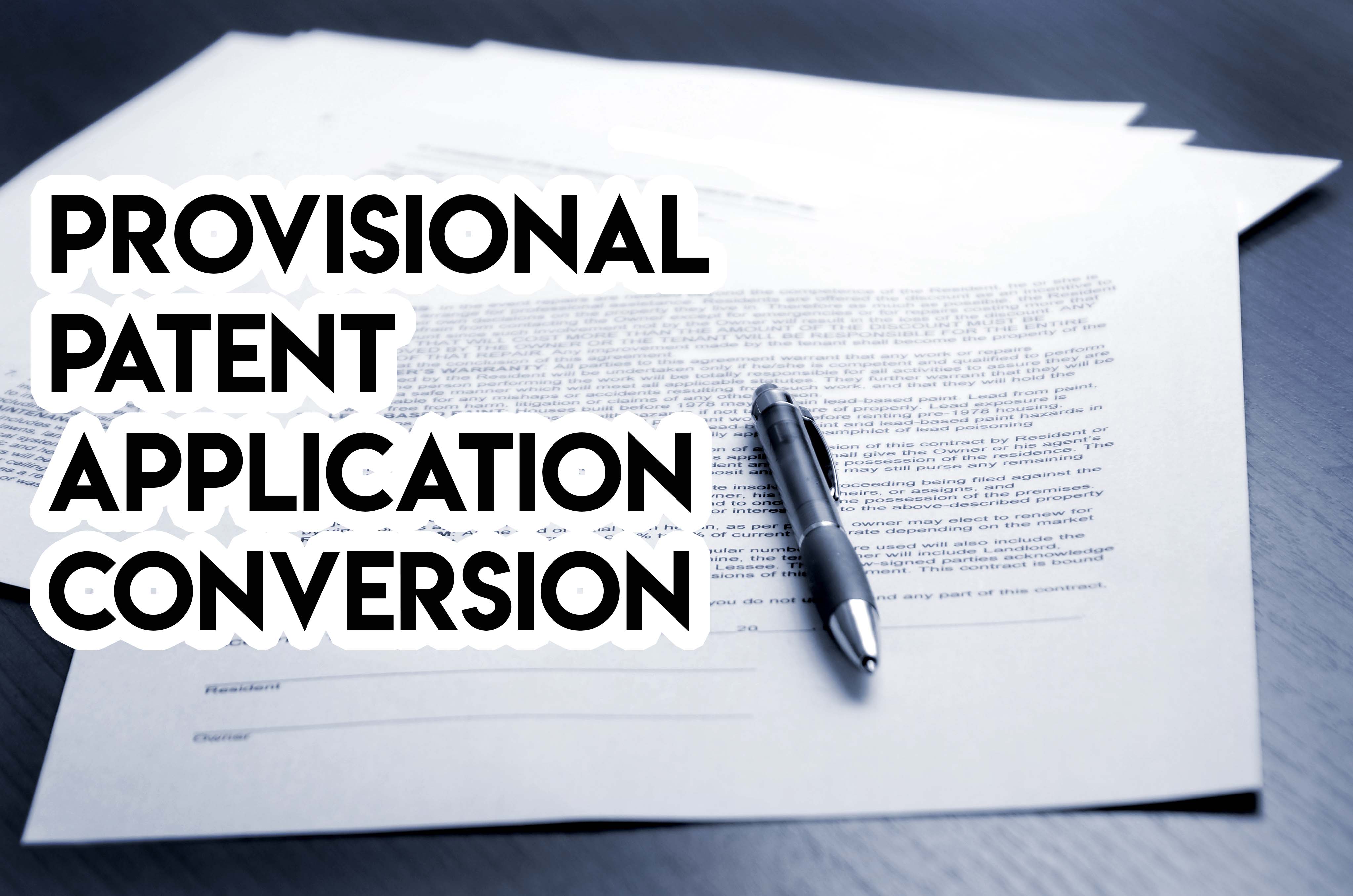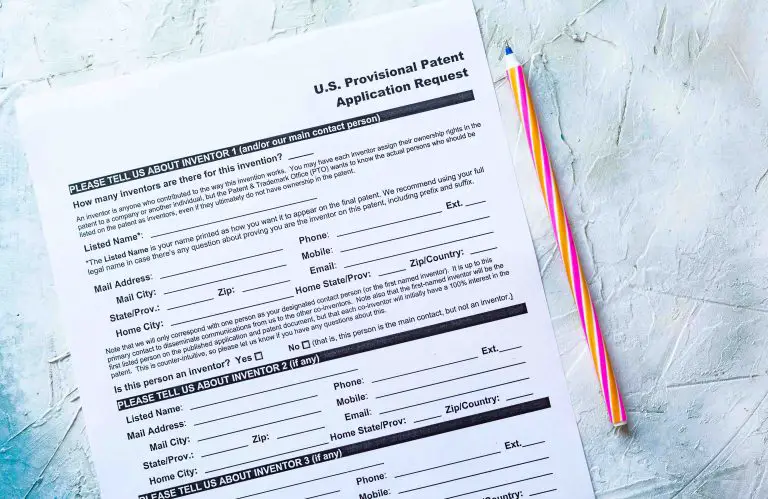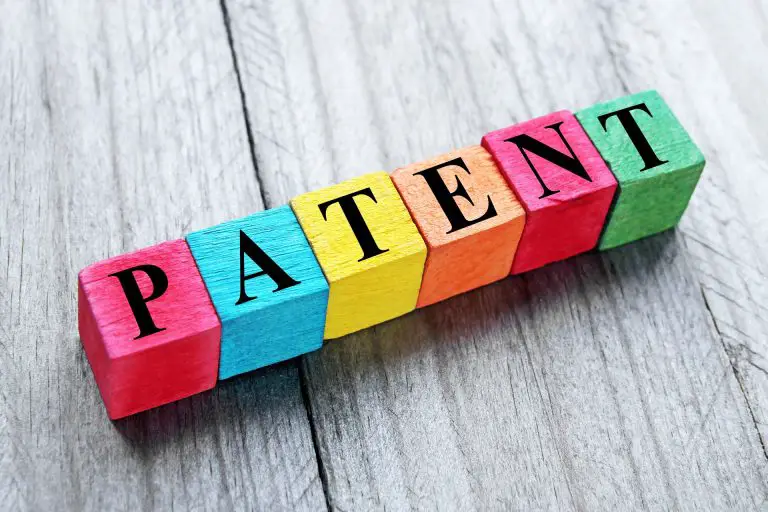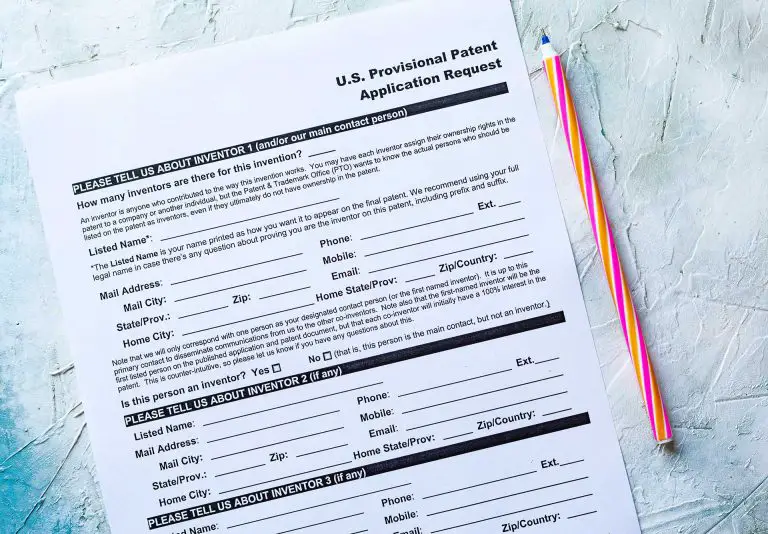Provisional Patent Conversion
If you have already filed a provisional patent application to protect your invention, you’re probably wondering how you can convert your provisional utility patent application into a non-provisional (regular) utility patent application.
How to Convert a Provisional Patent Application into a Nonprovisional Patent Application?
According to the USPTO, to turn a provisional patent application into a non-provisional patent applicant and applicant has two options. The first option an applicant has is (1) to make a request that the patent office converts the provisional patent application into a non-provisional patent application. The second option (2) is for the applicant to submit a nonprovisional patent application that claims the benefit of the provisional patent application’s filing date.
If an applicant chooses to go with the first option to convert his provisional patent application into a regular nonprovisional patent application, he must make such a request to the patent office and pay the required fees to make the conversion. For the applicant to successful convert his application, this request must be made within 12 months of filing the provisional patent application. Like with any other nonprovisional patent application, the applicant is required to pay the basic filing fee for the nonprovisional patent application, as well as the patent search fee and the patent examination fee.
If an applicant chooses to go with the second option, the applicant can submit a nonprovisional patent application that claims the benefit of the provisional patent application’s filing date within the 12 months grace period that starts when an applicant filed his provisional patent application with the patent office. For an application to claim the benefit of the earlier priority date, the applicant will have to include a statement to convey the fact that his nonprovisional patent application is claiming the benefit to provisional patent application ######### filed on mm/dd/yyyy.
So, why would someone want to convert his provisional patent application into a nonprovisional patent application when he can file a nonprovisional patent application that claims the earlier filed a provisional patent application?
If an applicant goes with the first option and makes a request to convert his provisional patent application into a regular, nonprovisional patent application he loses the ability to claim the benefit of the earlier filing date.
However, if an applicant goes with the second option and files a regular, nonprovisional patent application with the patent office, he will be able to claim the benefit of the earlier filing date of the provisional patent application.
This could be great especially if you have an inventor that has filed a patent application after your provisional patent application’s filing date to protect an invention that’s the same as or similar to yours. In this case, by claiming the priority date of the earlier filed provisional application, your patent will have priority over his patent application.
On the other hand, if an applicant chooses to file a petition to convert his provisional patent application into a nonprovisional patent, the applicant will not be able to claim the filing date of the earlier filed provisional patent application.
Note: For an applicant to successfully claim the priority date of a previously filed provisional patent application, the subject matter of the nonprovisional patent application must be the same as the subject matter of the provisional patent application. The applicant or inventor cannot add new subject matter to the nonprovisional patent application. If the applicant adds new subject matter, the patent office will not allow him to claim the benefit of the earlier priority date.
Why Don’t Inventors Just File a Nonprovisional Patent Application?
Some inventors choose to file a provisional patent application before filing a regular, nonprovisional patent application because provisional patent applications are often cheaper to obtain, easier to prepare, and they qualify inventions as patent-pending while they finish up working on their invention.
Often times, while an invention is patent-pending, applicants and inventors will seek to get funding for their invention and having patent-pending status demonstrates to potential investors that they’ve taken steps to protect their intellectual property.
Also, some inventors want to get a priority date for their invention. This is so because the United States gives priority to the first person who files a patent application and not to the person who first makes the invention. Having this requirement places pressure on inventors to file a provisional patent to hold their place in time by securing an early filing date.
Also, by choosing to file a provisional patent application prior to filing a nonprovisional patent application, inventors earn an extra year of patent protection. This is so because the patent term starts at the time an inventor files his first nonprovisional patent application. So, in essense, an inventor protects his invention for a year during the provisional patent application period, as well as an additional 20 years after filing his regular, nonprovisional patent application.
Hiring a Patent Attorney or Patent Agent to Assist you with Your Conversion
If you’ve already filed a provisional patent application and you’re ready to file a regular, nonprovisional patent application you should seek the help of an attorney to prepare and file your regular patent application. While the patent office allows inventors to prepare and file their own nonprovisional patent application, they recommend that you seek the help of an attorney or patent agent because correctly preparing a nonprovisional application is difficult. To get your invention patented, you have to follow the strict rules of the USPTO.
If you can’t afford to hire an attorney from a large firm, you can look for a sole practitioner or hire a patent agent to assist you with the preparation of your application. Patent agents are qualified and licensed by the patent office to assist inventors in preparing their patent application, filing it with the patent office, and communicating with the patent office on matters involving an inventor’s patent application. Patent agents tend to charge considerably less than patent attorneys. That said, patent agents cannot handle matters outside the patent office, such as drafting confidentiality agreements or representing inventors in court.
Frequently Asked Questions
1) Does a provisional patent application turn into a patent?
Provisional patent applications are only placeholders in time. Provisional patent application do not, under any circumstances, turn into a granted patent. To get a patent, an applicant for a provisional patent has the option to file a petition to convert his provisional patent to a nonprovisional patent or file a nonprovisional patent application claiming an earlier filed provisional patent application.
2) How much time does an inventor have to file a nonprovisional patent application?
Inventors and applicants must file a nonprovisional patent application within 12 months of filing their provisional patent application.
3) How long is the patent term?
Patents last for 20 years from the date an inventor files a nonprovisional patent application with the patent office. If an inventor files a provisional patent application and then files a nonprovisional patent application, the patent term is calculated from the date the applicant files his nonprovisional patent application.
4) Where can you file a provisional patent application?
If you have an invention, you can file a provisional patent application online by filling out your information, as well as providing basic information about your patent. Just make sure you adequately describe your invention so that if you want to file a regular, nonprovisional application later that you’re invention then is the same as the one you described in your provisional patent application.
5) Can you raise money by filing a provisional patent?
Many inventors who file a provisional patent, file it to make their invention more attractive to potential investors. Typically, when an investor sees that an individual has taken steps to legally protect his invention, it makes investing in the invention more lucrative since others will not be able to copy it if the patent office grants the inventor a patent.
Converting a Provisional Patent
By now, you should know the difference between filing a petition to convert your provisional patent into a regular, nonprovisional patent vs filing a nonprovisional patent application that claims the benefit of an earlier-filed provisional patent. We also discussed some of the most frequently asked questions that we get. If you have any general questions or comments, please feel free to leave them in the comments section below.








